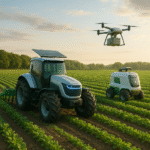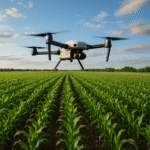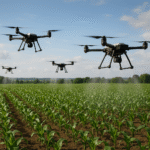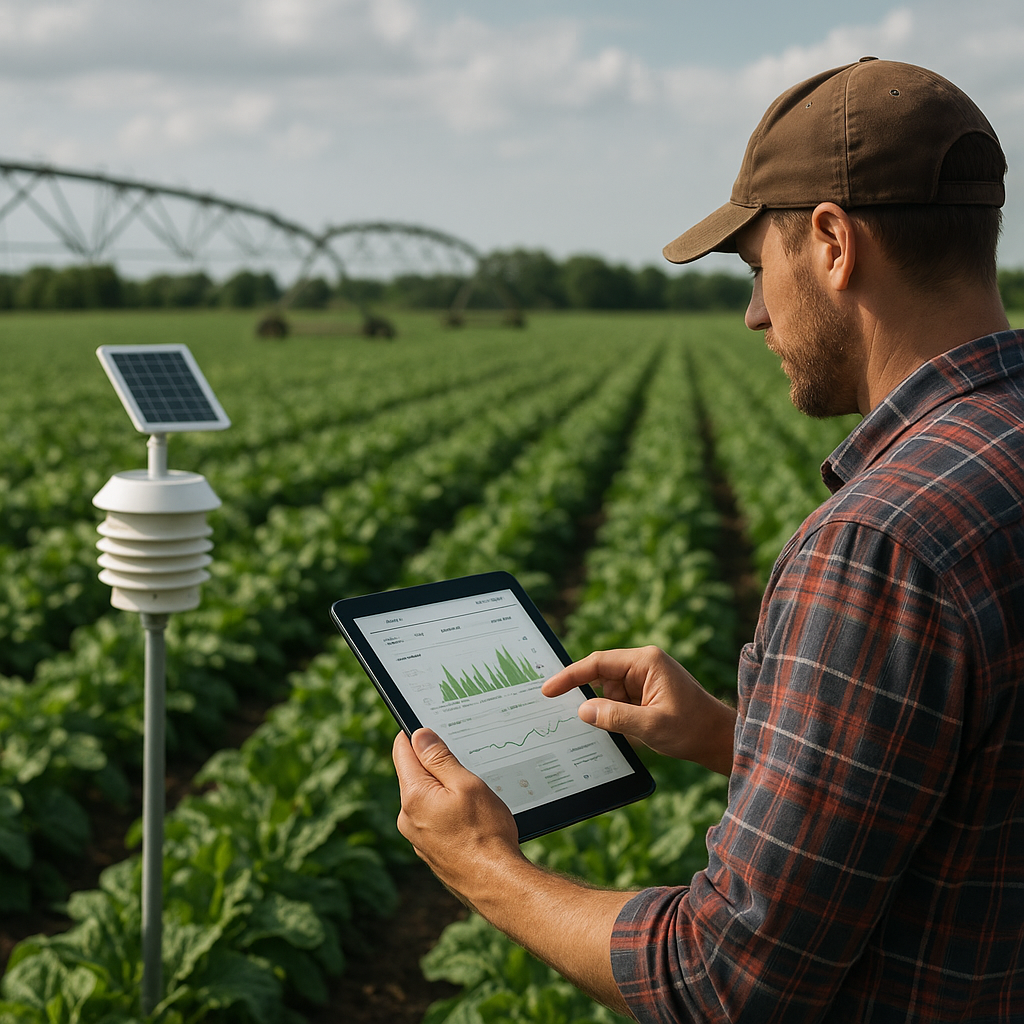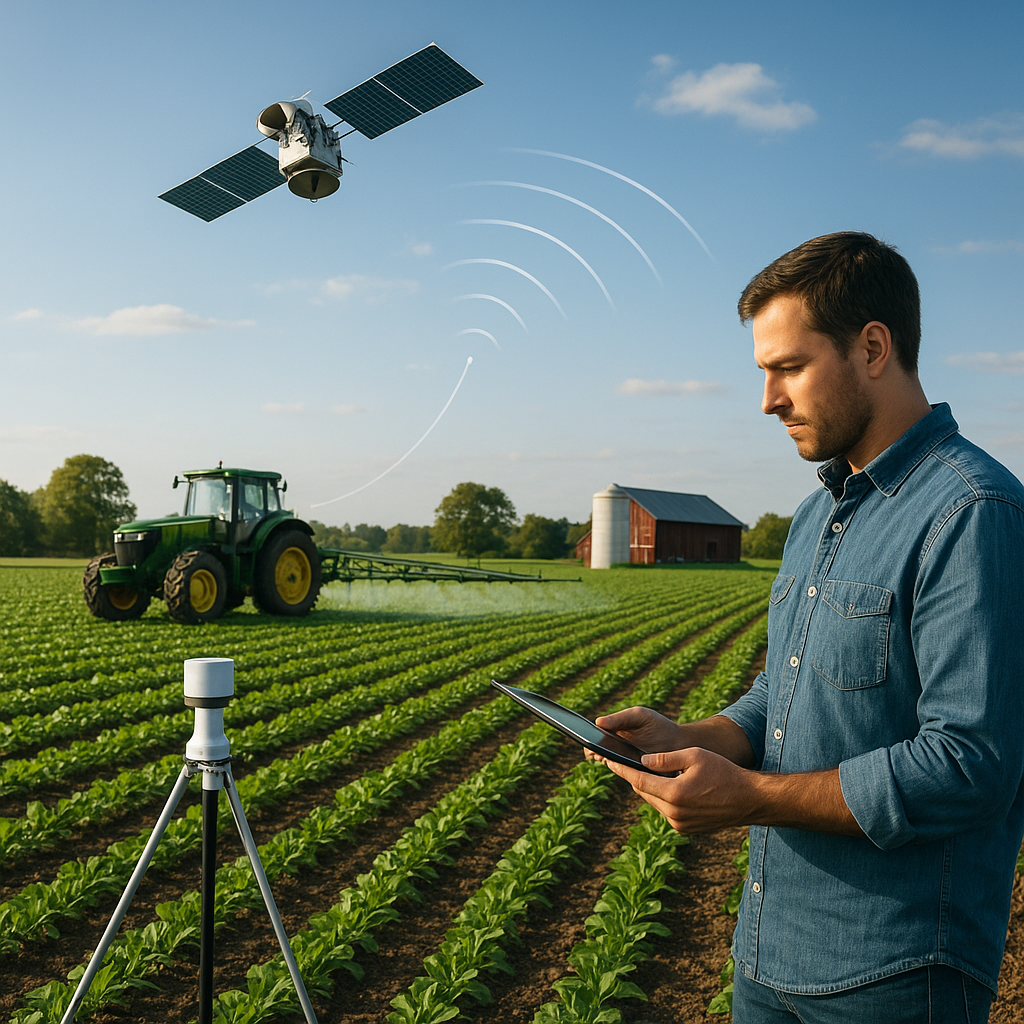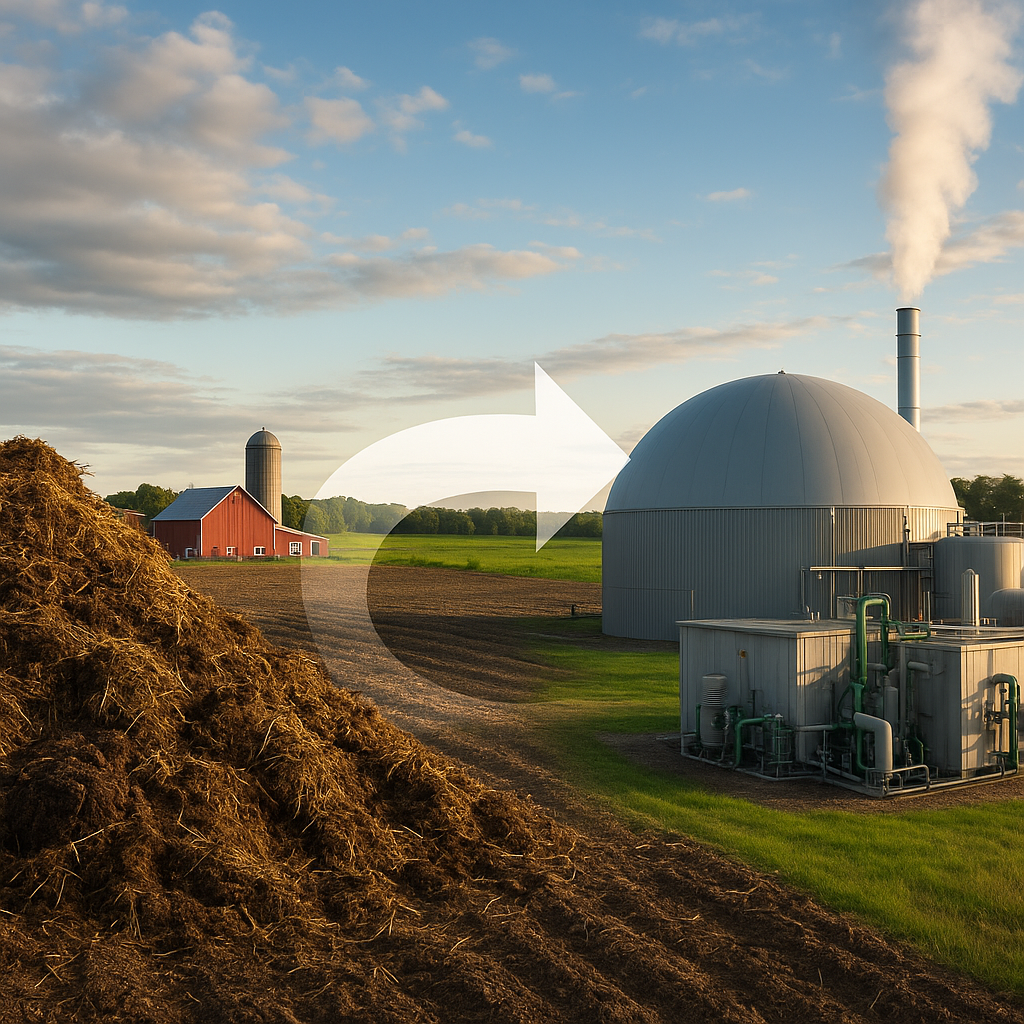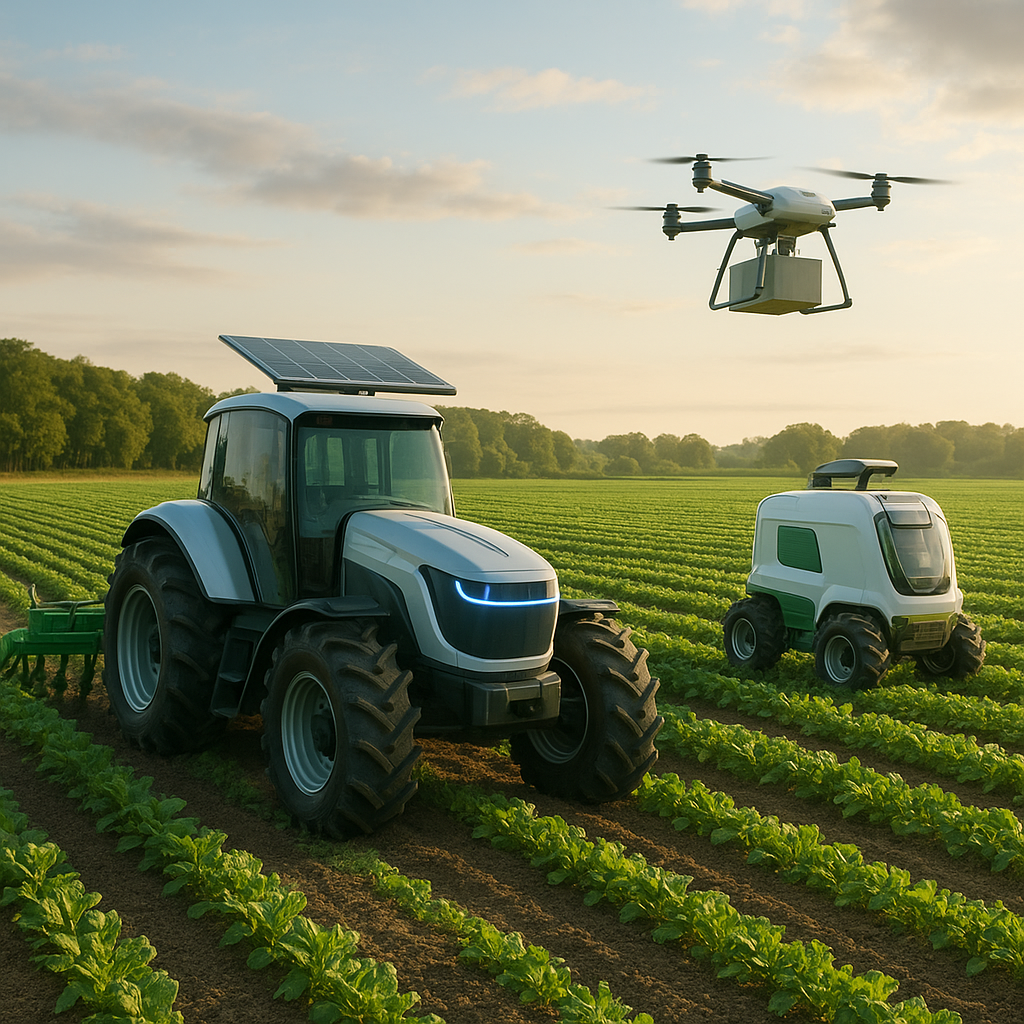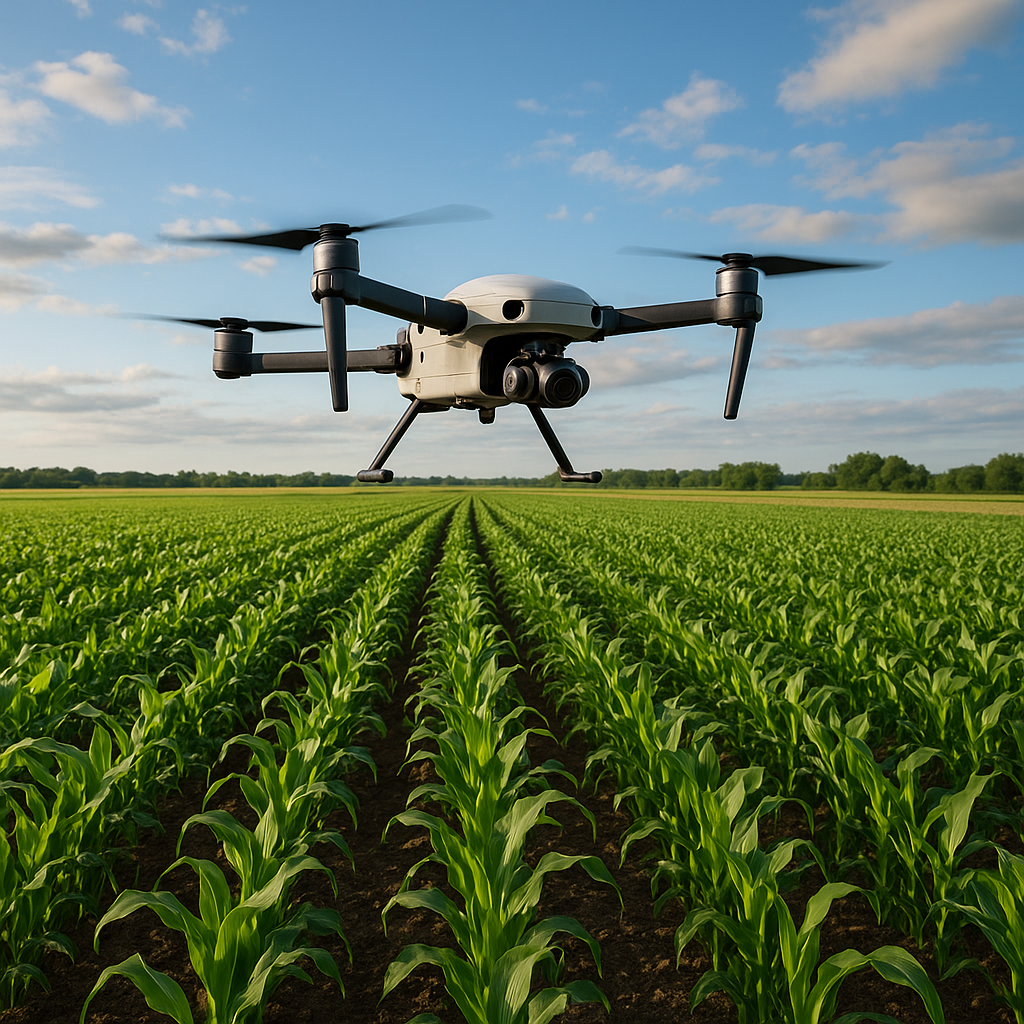The journey from scattered fields to highly interconnected food systems marks a **transformative** era in agriculture. By harnessing a web of advanced **sensors**, cutting-edge analytics, and intelligent **automation**, modern farms are not only boosting yields but also championing **sustainability** and **resilience**. The following exploration unveils how the fusion of technology and time-honored farming wisdom is redefining the global food supply.
The Rise of Precision Agriculture
Precision agriculture represents a seismic shift from traditional practices, placing **data-driven** decision-making at the heart of cultivation. Farmers now rely on GPS-guided machinery, variable-rate application tools, and geospatial mapping to tailor interventions at the plant level. This approach conserves resources, minimizes environmental impact, and elevates crop performance.
Mapping Fields with High-Resolution Data
- Satellite Imagery: Delivers regular snapshots of crop health, soil moisture, and pest infestations.
- Drone Surveys: Captures detailed field views in **real-time**, enabling swift responses to emerging threats.
- Soil Sampling Grids: Offers granular insights into nutrient profiles, helping to calibrate fertilizer doses accurately.
By integrating these **innovative** mapping methods, agronomists can identify underperforming zones and deploy targeted remedies. This not only reduces input waste but also fosters higher yields and improved fruit or grain quality. In regions facing water scarcity, precision irrigation systems adjust flow based on moisture sensors, ensuring every drop counts.
Integrating IoT and Data Analytics
The Internet of Things (IoT) provides the connective tissue for modern farming infrastructure. Wireless sensors, edge computing devices, and cloud platforms converge to create a cohesive network where every element, from livestock to irrigation pumps, communicates seamlessly.
Key Components of a Smart Farm Network
- Sensors: Soil moisture, ambient temperature, pH levels, and nutrient sensors deliver continuous feedback.
- Gateways: Act as bridges between field equipment and cloud servers, ensuring **connectivity** in remote locations.
- Analytics Engines: Process terabytes of historical and live data, extracting actionable insights that drive farm operations.
Data lakes and predictive algorithms work hand in hand to forecast weather events, pest outbreaks, and crop development stages. By visualizing trends through intuitive dashboards, farm managers gain the clarity needed to adjust planting schedules, crop rotations, and supply chain logistics. This level of operational agility strengthens farm **resilience** against unpredictable climate patterns.
Sustainable Practices Fueled by Data
At the core of tomorrow’s food production lies a commitment to ecological balance. Data-centric strategies not only boost economic returns but also safeguard natural resources.
Water Conservation and Management
Smart irrigation systems leverage evapotranspiration models and soil moisture readings to deliver precise water volumes. This practice can reduce water usage by up to 30%, protecting vital freshwater reserves.
Reduced Chemical Footprint
By targeting pest control and fertilization only where needed, farmers can minimize over-application of agrochemicals. This limits runoff into waterways, curtails greenhouse gas emissions from fertilizer production, and preserves beneficial insect populations.
Biodiversity Enhancement
Data tools help identify underutilized areas within large farms that can be transformed into wildflower corridors or pollinator-friendly zones. These **innovations** support ecosystem services essential for crop pollination and natural pest regulation.
Automation and Robotics in Field Operations
Mechanical platforms and autonomous machines are increasingly prevalent in planting, weeding, and harvesting. By alleviating labor shortages and reducing physical strain on workers, robotics are streamlining field tasks.
Examples of Agricultural Robotics
- Automated Tractors: Perform tillage and seeding with centimeter-level accuracy guided by GNSS systems.
- Weeding Drones: Use machine vision to distinguish crops from weeds, enabling targeted herbicide-free removal.
- Fruit-Picking Robots: Detect ripeness through multispectral cameras and gently harvest delicate produce.
These robotic solutions not only optimize operational efficiency but also contribute to consistent product quality. As labor costs rise and workforce availability fluctuates, farms embracing automation gain a critical competitive edge.
The Role of Artificial Intelligence
Artificial intelligence (AI) accelerates the interpretation of complex datasets, offering predictive and prescriptive guidance. Neural networks and deep learning models excel at recognizing disease symptoms in early stages, forecasting yield outcomes, and recommending best management practices.
- Image Recognition: AI scans leaf patterns to detect nutrient deficiencies or pathogen presence before visual symptoms become pronounced.
- Yield Prediction: Machine learning algorithms analyze weather, soil, and historical harvest data to anticipate production volumes.
- Supply Chain Optimization: AI-powered tools refine logistics, matching demand forecasts with harvest schedules to reduce post-harvest losses.
By weaving AI into the agricultural fabric, stakeholders can not only address immediate challenges but also plan strategically for future seasons, ensuring both profitability and environmental stewardship.
Future Outlook and Challenges
The path toward fully **sustainable** and **optimized** agriculture is filled with promise—and obstacles. Interoperability across devices, data privacy concerns, and the digital divide in rural regions demand careful consideration.
- Interoperable Standards: Development of open protocols will allow diverse equipment to communicate effectively, fostering more inclusive technology adoption.
- Data Security: As farms generate vast amounts of sensitive data, robust cybersecurity measures are essential to safeguard proprietary insights.
- Access and Training: Bridging the gap between technology developers and end-users will require extensive education programs, ensuring smallholders benefit alongside large commercial enterprises.
Ultimately, the marriage of **big data**, connected devices, and sustainable principles positions agriculture for a new golden age. By embracing the **optimization** of resources and championing innovation, the global farming community stands ready to feed a growing population while preserving the planet for generations to come.



